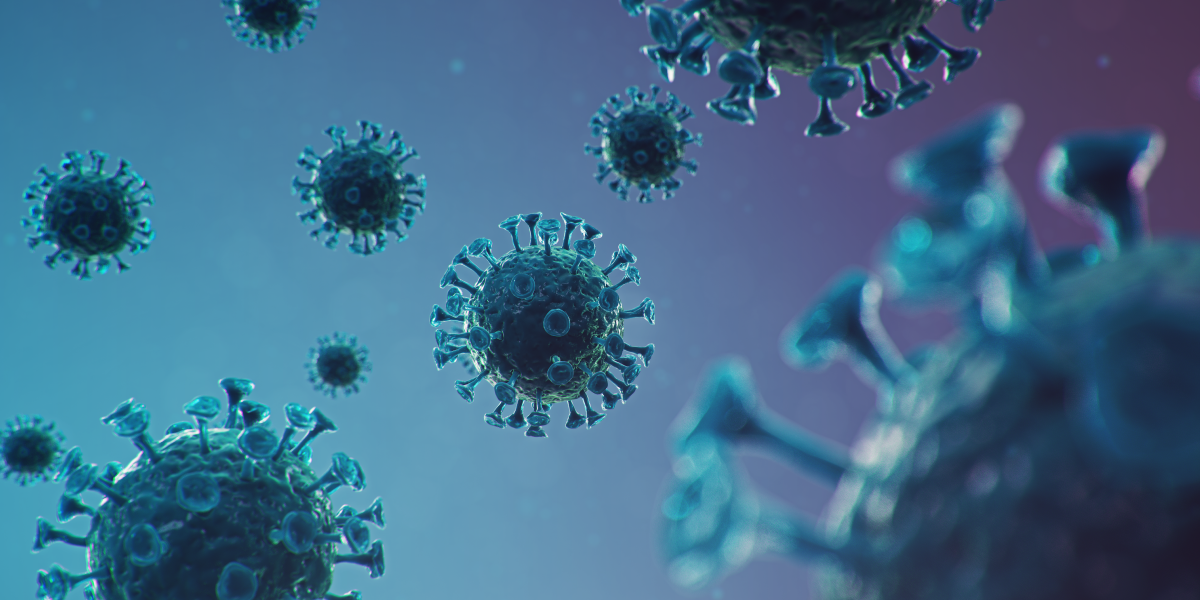The goal of any vaccine is to generate immunity to pathogens, in order to reduce the spread of infectious diseases. A vaccine antigen (a foreign substance, usually a protein, that induces an immune response) is introduced into the body (most often via an injection), with the intention of stimulating the production of antibodies helpful in fighting off future illness.
While there are a few different ways to achieve immunity, the safest approaches involve tricking the body into triggering its own natural defenses, without actually exposing it to dangerous pathogens.
That wasn’t always the case. In fact, the earliest vaccines for infectious diseases involved injecting the body with a dose of live virus in a sub-lethal or sub-pathological quantity (a level deemed safe for most people). This stimulated a robust immune response helpful in combating illness caused by future viral exposures.
While it may have worked well in a majority of cases, the problem with this method is obvious: not everyone’s body responds in the same way. What might prove a non-lethal level of virus for one person could cause infection (or even death) in a body weakened by other conditions—or one that simply doesn’t respond as expected.
Second-generation vaccines for infectious diseases still used a whole virus, but in a form that we now call inactivated or live-attenuated. This means that the virus itself has been weakened or disabled entirely, allowing the body’s defenses to respond without succumbing to illness.
When the body comes into contact with the weakened virus, the immune system kicks into action, sending defenses such as antibodies and T-cells to attack the virus and any infected cells. In the process, specialized memory cells take note of specific viral antigens, creating an “instruction book” that is saved for later recall within the body. The immune system uses these instructions to produce cells and antibodies that will quickly target the recorded antigens. The next time this same virus is encountered, the immune system is armed to respond with the appropriate defenses, thereby more effectively combating the illness.
While inactivated vaccines are significantly safer than first-generation vaccines, they can be very expensive to produce—and they do still retain the risk of exposure to live virus (as a result of mishap or faulty manufacturing), among other issues. Though they are still used to address previously common infectious diseases (especially “childhood diseases” such as measles, mumps, rubella, and chicken pox), these vaccines must be handled and stored carefully. The immune response triggered by them can sometimes fade over time and must be reinforced by subsequent doses or “booster” injections, which remind the body to maintain its defenses by reintroducing it to the viral antigens.
Over the years, technology has evolved to support the development of safer, and in some cases more effective, vaccines. Some new methods use recognizable fragments of a virus, such as a specific spike protein, as an antigen, triggering immune response without the use of a whole virus. These subunit vaccines are recombinantly manufactured, they are generally inexpensive to produce, and they avoid the risk of infection altogether—but they are also less likely to be recognized by the body as a threat. Additional ingredients (known as adjuvants) are added to increase the body’s reaction and strengthen the immune response. However, additional subunit vaccine boosters may be required to maintain ongoing immunity.
Some of the newest vaccines for infectious diseases (such as viral vector vaccines and mRNA vaccines) are designed without the use of antigens. These work by tricking the body into producing its own antigens. With mRNA vaccines, a short piece of genetic code from the targeted virus is introduced into a small portion of the patient’s cells, where it uses the cell’s normal mechanisms for protein production to mimic the viral replication that normally occurs with an infection, producing antigens that then train the body to respond with robust immunity. This is how both the Pfizer and Moderna vaccines work to combat COVID-19.
Viral vector vaccines for infectious diseases work similarly to mRNA; however, they use a modified version of the virus that has been engineered to be harmless to the body. The sequences for target protein antigens are inserted into the engineered virus genome that acts as a delivery vehicle to insert the genetic code into a patient’s cells without causing disease. Johnson & Johnson’s COVID-19 vaccine works in this way, using an engineered adenovirus (from the family that causes the common cold) to trigger the production of antigens and subsequent immune response. Vector vaccines are more complex and difficult to develop, but can result in a stronger immune response, without the need for additional adjuvants.
In theory, one type of viral or mRNA vector can be used to deliver a range of antigens for different diseases, resulting in “plug and play” vaccine platforms, which could help speed up the development and production of new vaccines in the future.
While both mRNA vaccines and viral vector vaccines are faster and cheaper to produce than traditional methods, they still represent a relatively new approach. Also, regardless of how fast/cheap these platforms may be, their efficacy is only as good as the quality of the target antigen that is inserted into them. What good is a Ferrari if you only have low-test fuel to put in the tank?
The COVID-19 pandemic has highlighted the need to accelerate the development and validation of new vaccine technologies and methods such as the ones described above, and the accumulating safety and efficacy data resulting from their continued use will be helpful in determining their ongoing utility.
The future of vaccines is bright, and the knowledge required to create safer, more effective vaccines for infectious diseases continues to grow. Over time, the empirical proof needed to document the safety and efficacy of new vaccine techniques and methods will be gathered—and, hopefully, provide the validation required to streamline regulatory and approval processes within the vaccine space. The ultimate goal? To save lives without compromising safety, and to be able to respond quickly to any new infectious challenge.



